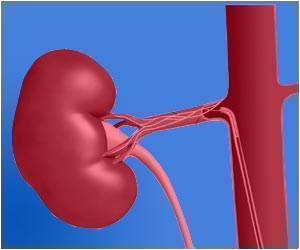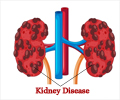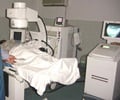Northwestern University's Sanjay Mehrotra has developed an innovative model that could help ease kidney distribution inequities among regions in the U.S. and ultimately help save many lives.

Mehrotra will discuss his research in a presentation titled "Addressing Allocation Inefficiencies and Geographic Disparities" at the American Association for the Advancement of Science (AAAS) annual meeting in Chicago. His presentation is part of a symposium titled "Transplant Organ Shortage: Informing National Policies Using Management Sciences" to be held from 10 to 11:30 a.m. CST Friday, Feb. 14, in Columbus IJ of the Hyatt Regency Chicago.
Mehrotra also will participate in a press briefing to be held at 1 p.m. CST the same day in Vevey Room 3 of the Swissôtel Chicago.
In addition to Mehrotra, two other Northwestern professors will discuss issues related to organ shortage during both the symposium and press briefing.
Michael Abecassis, M.D., chief of the division of organ transplantation and founding director of the Comprehensive Transplant Center at Northwestern University Feinberg School of Medicine, will offer a brief overview of the current issues facing organ allocation.
John Friedewald, M.D., associate professor in medicine and surgery at Feinberg and director of clinical research at Northwestern University Feinberg School of Medicine Comprehensive Transplant Center and transplant nephrologist at Northwestern Memorial Hospital, will speak about policy changes in kidney allocation that were developed during his recent term as chair of the United Network for Organ Sharing Kidney Transplantation Committee.
Advertisement
Logistically, organ allocation is a difficult problem. The country is divided into 11 transplant regions (which are themselves divided into 58 donor service areas). Because patients must provide biological samples to their specific transplant center beforehand, and because kidney donations must happen within 24 hours of harvesting, most kidneys are distributed within the same geographic zone in which they are donated. But regions vary in how many kidneys they receive a year, and centers differ in the quality of kidneys they accept for transplant.
Advertisement
His model identifies areas for policy changes, including encouraging more sharing within states, encouraging transplant centers with long wait times to transplant lower-quality kidneys and encouraging insurance companies to weigh the cost-benefit analysis of dialysis versus transplanting lower-quality kidneys.
Source-Eurekalert















